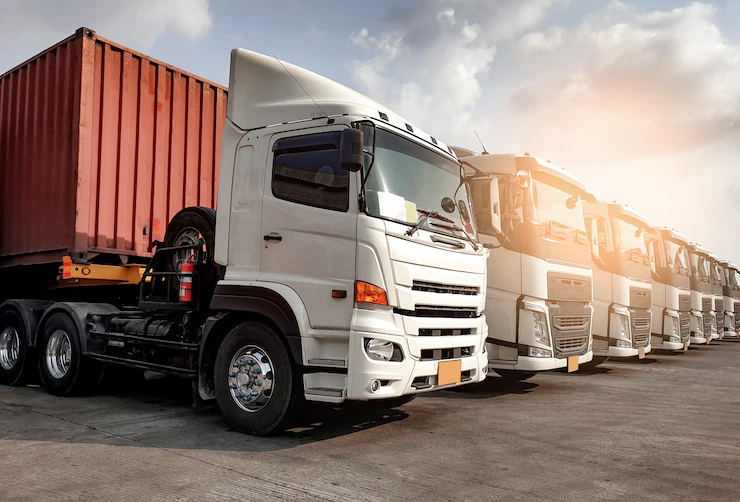Fleet management can be a massive headache, but it can also be extremely rewarding if you’re able to find the right solution.
A key component of any fleet management strategy is the use of vehicles. The type of vehicle you choose will depend on your company and your needs, but you should follow some basic guidelines when selecting new vehicles for your fleet.
These include knowing the different types of vehicles used in fleet services and understanding how each one functions in different circumstances.
Each type has its advantages and disadvantages, so make sure you thoroughly consider each before choosing which one to implement at your company.
1. Vans

While vans are technically trucks with a van body, they are often thought of separately because many fleet services don’t require them to be as tough as other vehicles. These vans range from 7- to 15-passenger full-size models to small delivery van sizes and will carry anything from people to supplies or equipment and are covered by fleet van insurance.
The versatility and multiple uses for a van make it perfect for various fleet needs, including moving employees around, deliveries, mobile sales/display, and mobile repair work. Van lease rates can vary based on size, model year, and carrier type; however, expect it to average about £350 per month.
Most carriers offer short-term (less than six months) and long-term (up to three years) leasing options.
2. Sedans
Also known as family sedans, these are full-size cars designed to seat up to five passengers. Although compact and subcompact sedans exist, they aren’t used as frequently by taxi companies because they get poorer gas mileage.
Most sedan models are available with an optional engine upgrade, allowing you to replace a smaller engine with a larger one. However, you should be aware that bigger engines may increase maintenance costs due to more wear and tear on vehicle components.
3. Commercial Trucks

Fleet services companies use various kinds of commercial trucks to transport goods. These include pickup trucks, moving vans, semis, and other vehicles that can hold various goods depending on their size.
The main differences between these truck types are their sizes; smaller pickup trucks are used to transport a variety of packages, and larger trucks will hold larger loads. Moving vans tend to be mid-sized but can also be small depending on their purpose; they may be designed for both individuals and companies looking to relocate.
Semi-trucks or 18 wheelers can carry even more weight than pickups or moving vans but require that drivers have special licenses due to their large size.
Related Resource: How to Identify the Top Truck Factoring Companies to Work With
4. Specialised Vehicles
Several factors influence how and why fleets use specialized vehicles. The type of environment, industry and line of business a fleet is in will significantly impact what types of vehicles they need.
Specialized vehicles are more likely to be used by large commercial fleets than private ones because they make sense for particular industries or business purposes.
For example, shuttle buses are extremely common among certain industries such as hotels, convention centers, and airports. The goal of using specialized fleet services is to enable businesses to operate more efficiently.
Read Also:




























